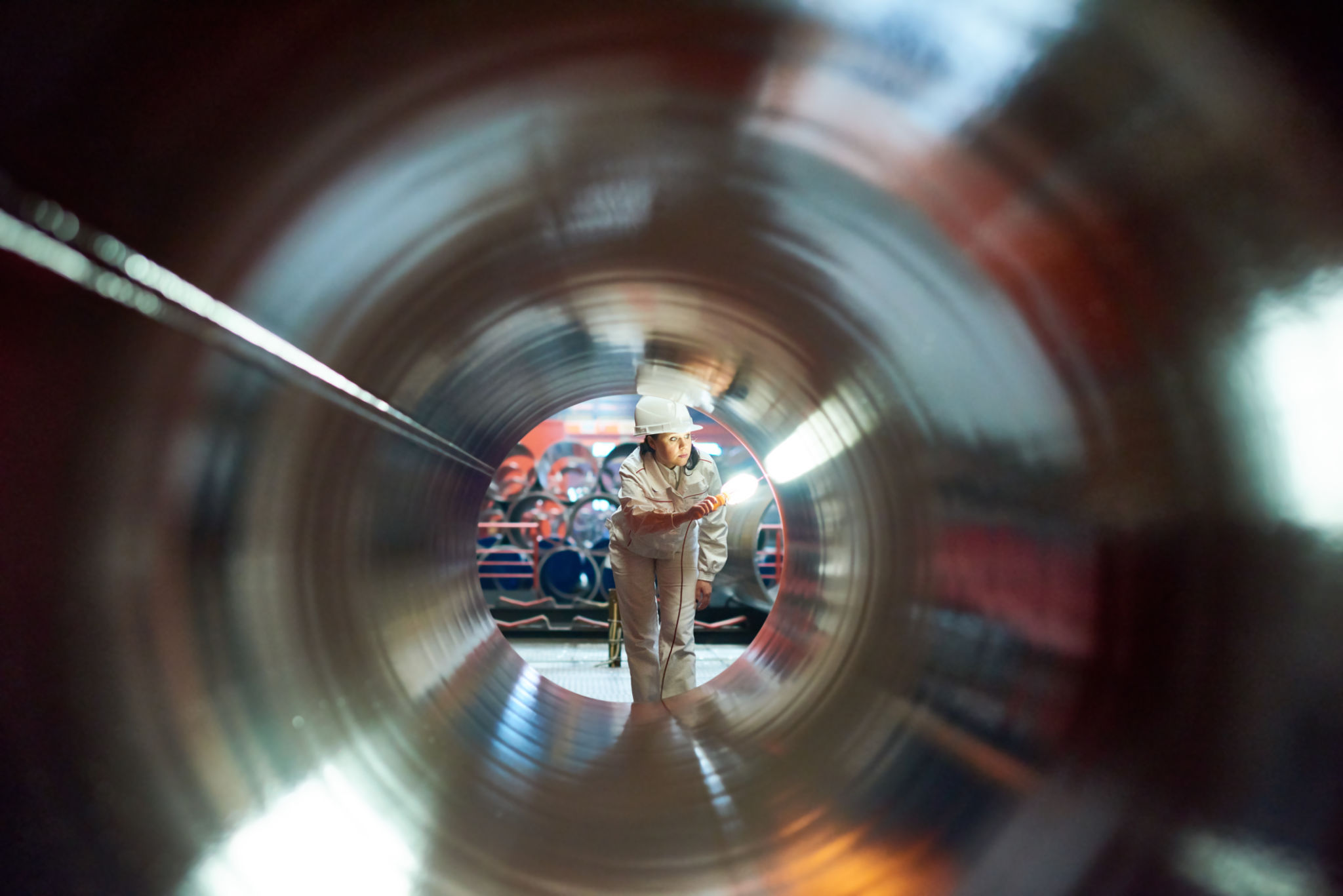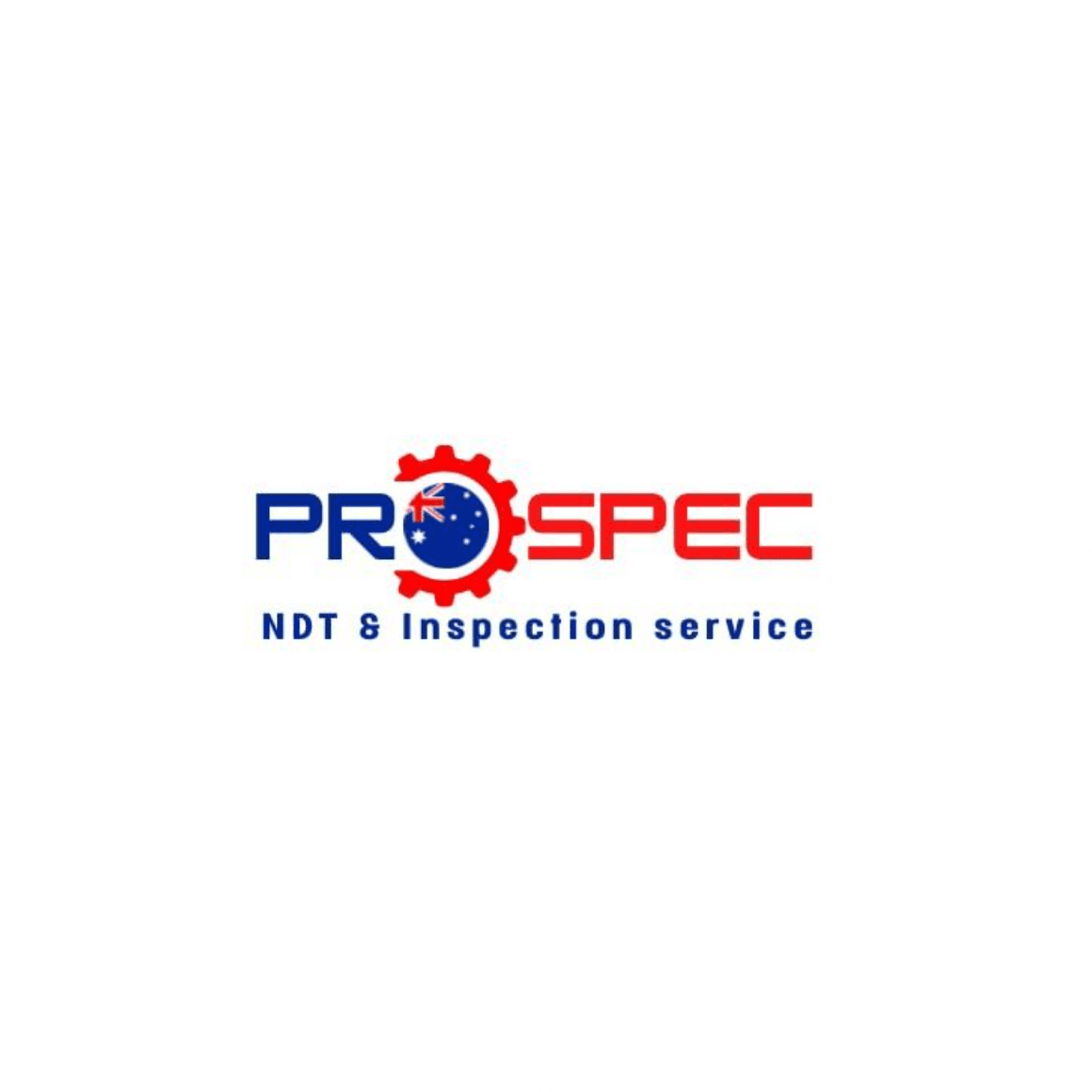The Basics of Magnetic Particle
Pr
Introduction to Magnetic Particle Testing
Magnetic Particle Testing (MPT) is a crucial non-destructive testing (NDT) method widely used in various industries to detect surface and slightly subsurface discontinuities in ferromagnetic materials. In Rayong, a hub of industrial activity, MPT plays an integral role in ensuring the integrity and safety of critical components. Understanding the basics of this technique can help businesses maintain high safety standards and operational efficiency.

How Magnetic Particle Testing Works
MPT involves magnetizing the material under examination and applying ferrous particles to the surface. These particles are usually suspended in a liquid or applied dry. When there is a flaw like a crack, it distorts the magnetic field, causing the particles to gather at the site of the discontinuity. This accumulation makes flaws visible under proper lighting conditions.
The process is effective for detecting a variety of defects, including cracks, seams, laps, voids, and inclusions. It is important to note that MPT is limited to ferromagnetic materials such as iron, nickel, cobalt, and some alloys.
Types of Magnetic Particle Testing Methods
There are several methods of conducting MPT, each suited to different applications:
- Dry Particle Testing: Ideal for detecting large flaws in rough surfaces, this method uses dry ferrous particles applied directly to the magnetized part.
- Wet Particle Testing: Utilizes ferrous particles suspended in a liquid carrier, offering better sensitivity for detecting finer defects.
- Visible and Fluorescent Testing: Visible testing uses colored particles for visibility under white light, while fluorescent testing requires ultraviolet light to view defects.
Advantages of Magnetic Particle Testing
MPT offers several advantages that make it a popular choice among industries:
- Fast and Economical: The testing process is quick, allowing for large volumes of components to be inspected efficiently.
- High Sensitivity: Capable of detecting small surface and near-surface defects.
- Minimal Surface Preparation: Requires little preparation compared to other NDT methods.
Limitations of Magnetic Particle Testing
Despite its benefits, MPT has certain limitations. It is restricted to ferromagnetic materials, meaning it cannot be used on non-magnetic metals like aluminum or stainless steel. Additionally, surface coatings or rough textures may affect the accuracy of the results.

Applications in Rayong's Industries
Rayong's diverse industrial landscape benefits significantly from MPT, particularly in sectors such as petrochemical, automotive, and manufacturing. Ensuring the reliability of components through rigorous testing helps prevent failures and accidents, contributing to overall safety and productivity.
In the automotive industry, for example, MPT is used to inspect critical engine parts and chassis components. In petrochemical plants, it helps identify potential leaks or weaknesses in pipelines and tanks before they escalate into major issues.
Conclusion
Magnetic Particle Testing is an essential tool in Rayong's industrial toolkit, providing a reliable means of ensuring product integrity and safety. By understanding its basic principles and applications, businesses can better implement this testing method to safeguard their operations. As industries continue to grow and evolve, MPT will remain a vital component in upholding high standards of quality and safety.
